WackfordSqueers
TPF Noob!
- Joined
- Nov 29, 2021
- Messages
- 19
- Reaction score
- 7
- Location
- Penkridge, UK
- Can others edit my Photos
- Photos OK to edit
I have inherited a large Nikon lens. About 500mm in length, this extends to about 650mm. I know I must use it on M outside of that, I am jiggered. Whenever I manage to get the moon in the viewfinder, the merest speck of wind makes it shake so that the moon flits past the vf and bounces back. It is just a mess. If I dare to use the two extensions in addition to the basic lens, the problem is further throttled. I have a decent tripod, I have considered putting a sandbag on the bottom of the centre pole. I have seen them online, but my local photo shop has never heard of one?
Any suggestions?
Any suggestions?




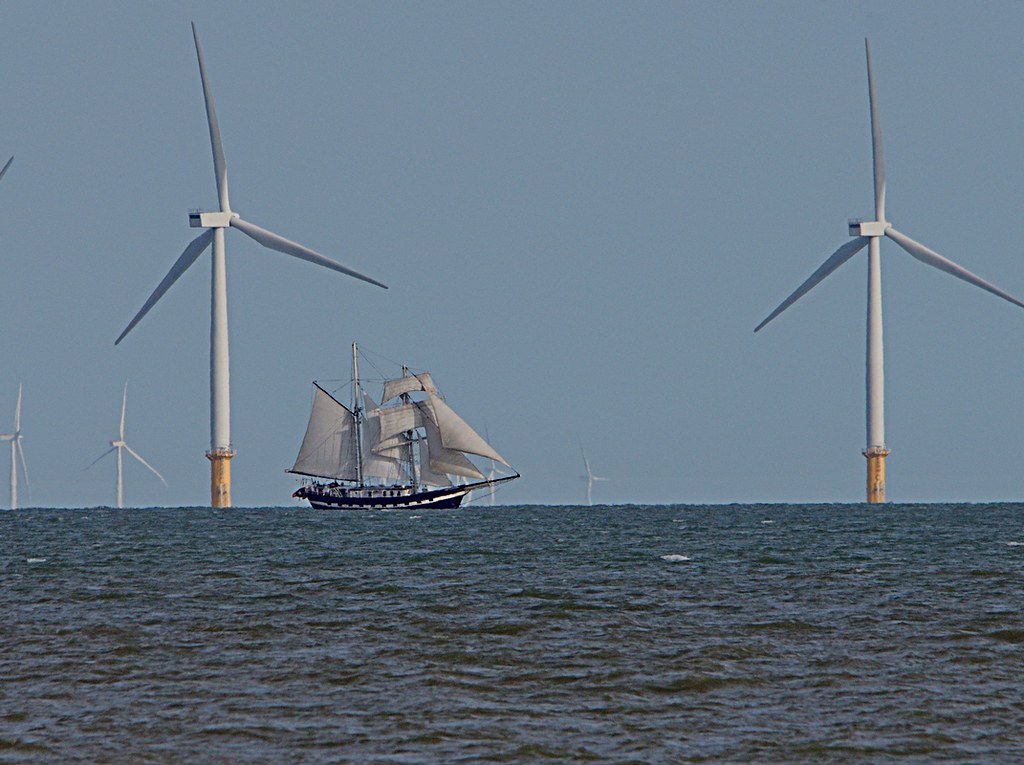

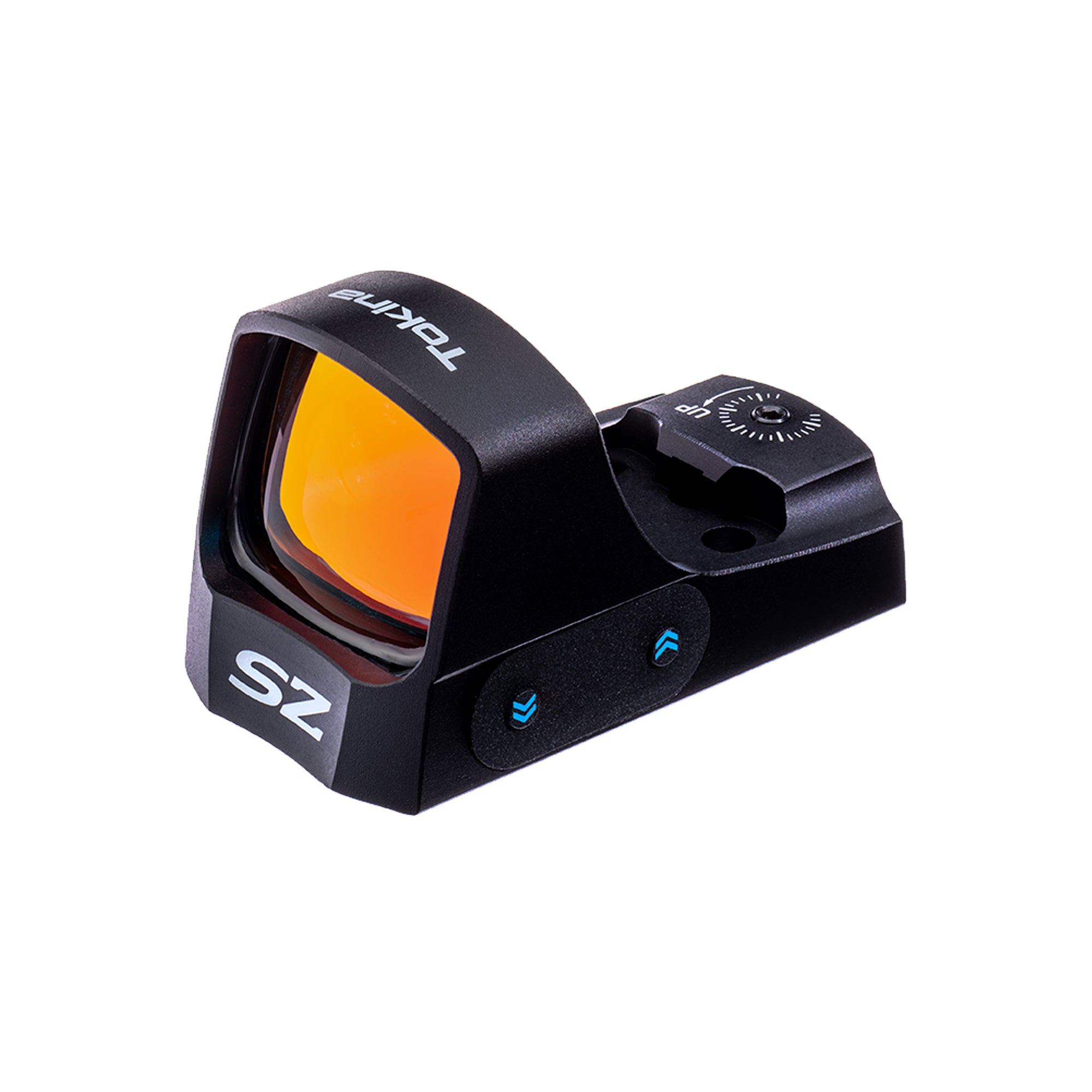



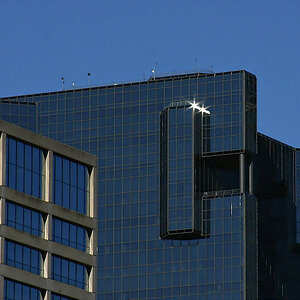
![[No title]](/data/xfmg/thumbnail/37/37930-501fdf314a05686acde53d9899f68091.jpg?1619738402)
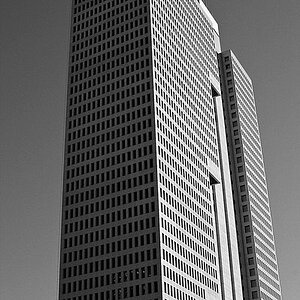

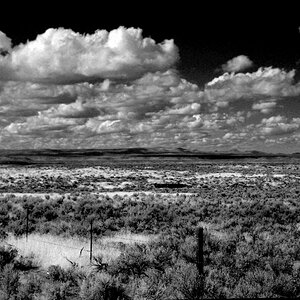
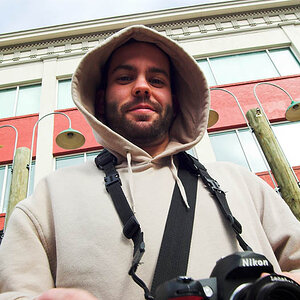

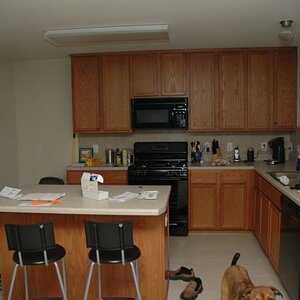
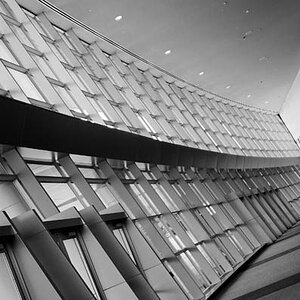
![[No title]](/data/xfmg/thumbnail/32/32930-09414fc020c2a60a456ff59a05c5ef8f.jpg?1619735759)